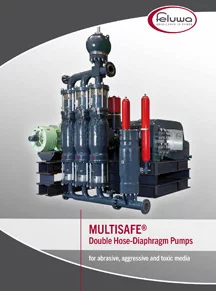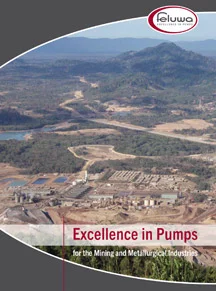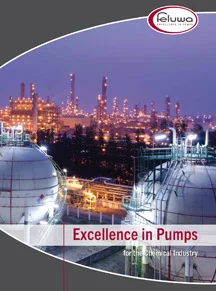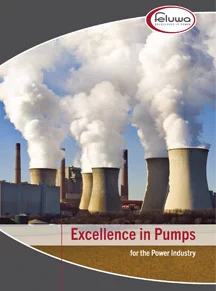
- MULTISAFE® Double
Hose-Diaphragm Pumps - EcoTrans MULTISAFE®
Pumps
since 1901
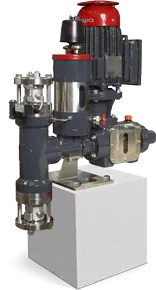
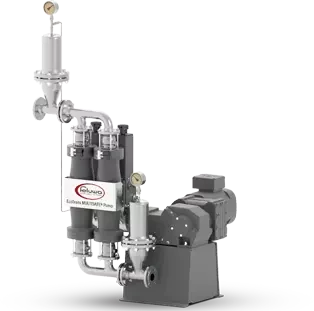
FELUWA Pumps – Corporate Video
About FELUWA
FELUWA is specialized in the construction of MULTISAFE® double hose-diaphragm pumps – the consistent advancement of piston diaphragm pumps.
Wherever abrasive, aggressive and toxic media are conveyed, the hermetically sealed, oscillating displacement pumps from FELUWA are used. FELUWA technology offers ideal pump systems to the customers for various applications, even for extreme operating temperatures and heterogeneous mixtures with high solids content.
Our MULTISAFE® double hose-diaphragm pump is the tailored solution with customised design for high pressure applications up to 350 bar.
The EcoTrans MULTISAFE® pump represents the compact multi-purpose option for low pressure ranges up to 16 bar.
Technologies
Our product range
- MULTISAFE® Double Hose-Diaphragm Pumps
- EcoTrans MULTISAFE® Pumps

Contact FELUWA
Company Contact:
FELUWA Pumpen GmbH
Beulertweg 10
54570 Mürlenbach
Germany
Fon: +49 6594 10 0
Fax: +49 6594 10 200
Mail: info(at)feluwa.de
Web: www.feluwa.com
Personal Contact:
Mr. Ralf Scherer
Director Sales & Marketing
Fon: +49 6594 10 106
Contact regional Sales Manager:
https://www.feluwa.com/contact/sales

